High blood pressure, or hypertension, is often called the silent killer. The reason? It quietly increases your risk of heart disease, stroke, and kidney failure. So, if you have also been told about your increasing blood pressure numbers, don’t worry!
Fortunately, with small lifestyle changes, especially in your diet, you can notice a big difference.
Here are the top seven foods that can help you manage high blood pressure effectively.
Leafy Greens
Leafy greens such as spinach, kale, and Swiss chard are rich in potassium. This mineral helps your body flush out excess sodium through urine. Since sodium is a major culprit behind high blood pressure, eating more potassium-rich foods can actually help balance things out.
Health experts recommend intaking around 3,500–5,000 mg of potassium daily to maintain healthy blood pressure levels. And just one cup of cooked spinach can provide up to 839 mg of potassium.
Besides, leafy greens are full of nitrates, which help relax blood vessels, thereby improving blood flow and reducing pressure on your heart.
Berries
Did you know that strawberries, blueberries, or raspberries can help lower blood pressure? Berries are rich in flavonoids, natural compounds that have been associated with reduced risk of hypertension.
In fact, in a study, it was proven that people who ate more flavonoid-rich foods (especially blueberries) were at a lower risk to develop high blood pressure than those who skipped them. The antioxidants in berries also fight inflammation, thus keeping your blood vessels flexible and healthy.
Bananas
Bananas are one of the best sources of potassium, which helps your kidneys get rid of excess sodium. Since high sodium levels result in hypertension, eating a banana a day can be a simple, natural way to support your heart health.
Did you know that a medium-sized banana contains about 422 mg of potassium? You can simply slice one over your morning oatmeal or blend it into a delicious smoothie.
Beets
Beets are known for their high nitrate content, which converts into nitric oxide in your body. This compound helps blood vessels relax and widen, thereby leading to lower blood pressure.
According to a study, drinking just one cup of beet juice per day significantly lowered blood pressure levels in participants within just a few hours. If you don't like the taste, you can blend them into a smoothie or make beetroot parathas for a healthy twist.
Oatmeal
Oatmeal is an incredible breakfast option due to its low sodium, high fiber content, and various heart benefits. Besides, the soluble fiber in oats, called beta-glucan, helps reduce cholesterol levels and improves blood vessel function, needed for better blood pressure control. According to research, consuming oatmeal daily led to a reduction in both systolic and diastolic blood pressure.
Fatty Fish
Fatty fish such as salmon, mackerel, sardines, and trout are rich in omega-3 fatty acids, which play a key role in reducing inflammation while also improving blood vessel function.
Omega-3s are also known to reduce blood pressure levels by relaxing blood vessels and decreasing stress on the heart.
As per a study, people who consumed more omega-3-rich fish had significantly lower blood pressure levels compared to those who didn’t.
Dark Chocolate
Yes, you read this right. Dark chocolate—great for all your sweet cravings—is also beneficial for your heart! The secret lies in flavanols, natural plant compounds that help blood vessels relax, improving circulation and reducing blood pressure. In fact, consuming dark chocolate in moderation can result in an average reduction of 2–3 mmHg in blood pressure.
Takeaway
Managing your blood pressure doesn't have to make you compromise on your taste. From fresh berries to dark chocolate, these delicious yet nutritious ingredients are actually helpful in controlling your blood pressure and ensuring good heart health. By simply making small, consistent changes to your diet, you can help yourself avoid medication, reduce health risks, and feel better.
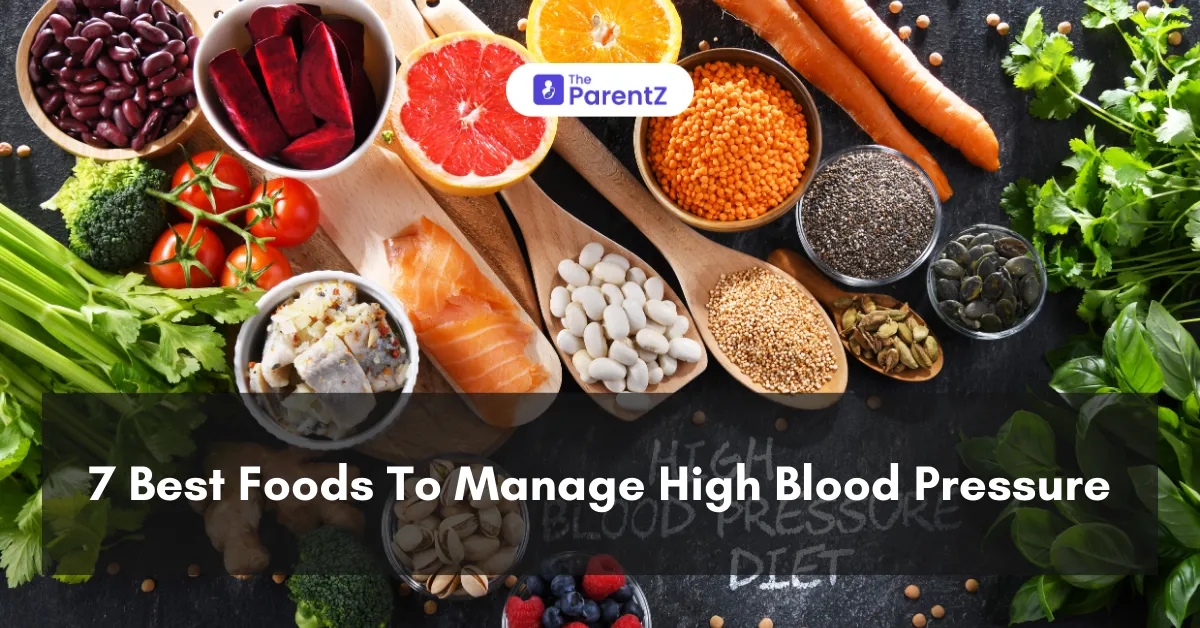

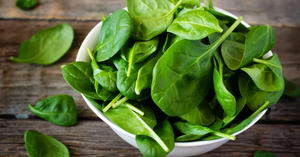
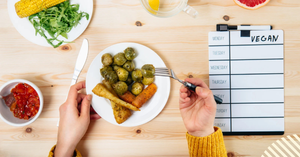
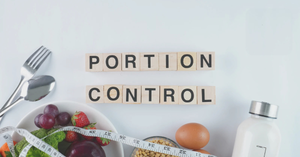
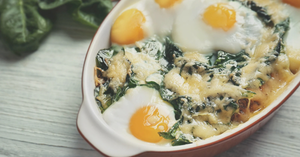
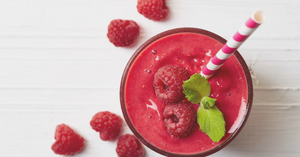
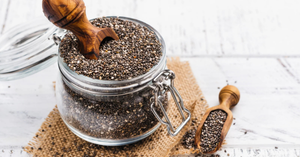
Be the first one to comment on this story.